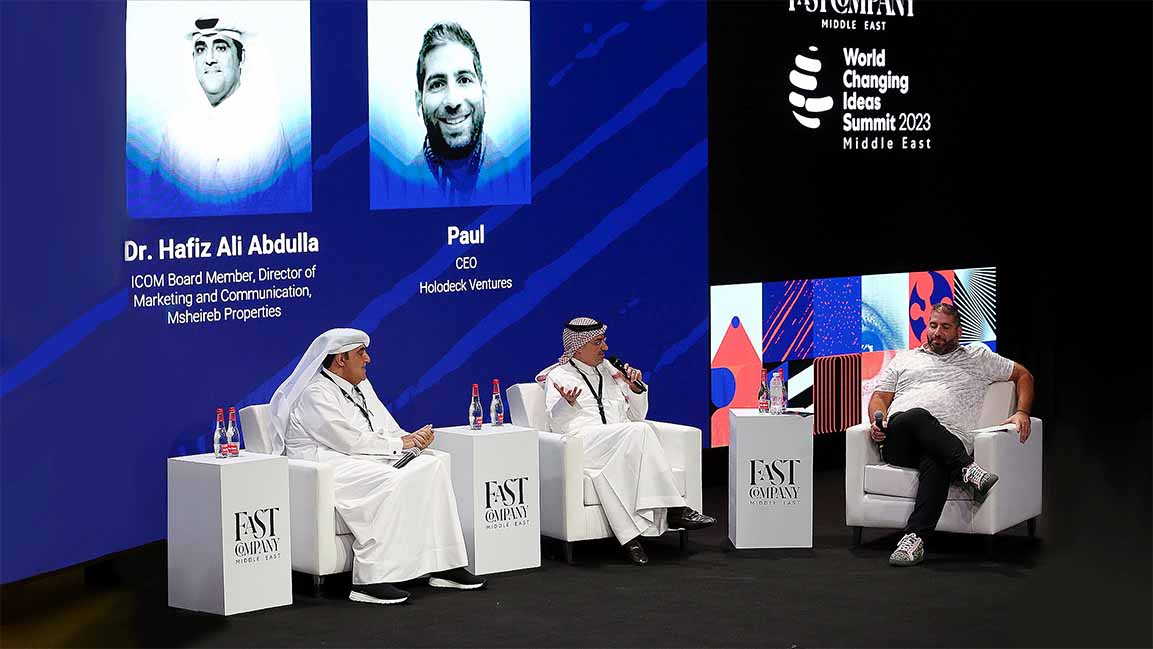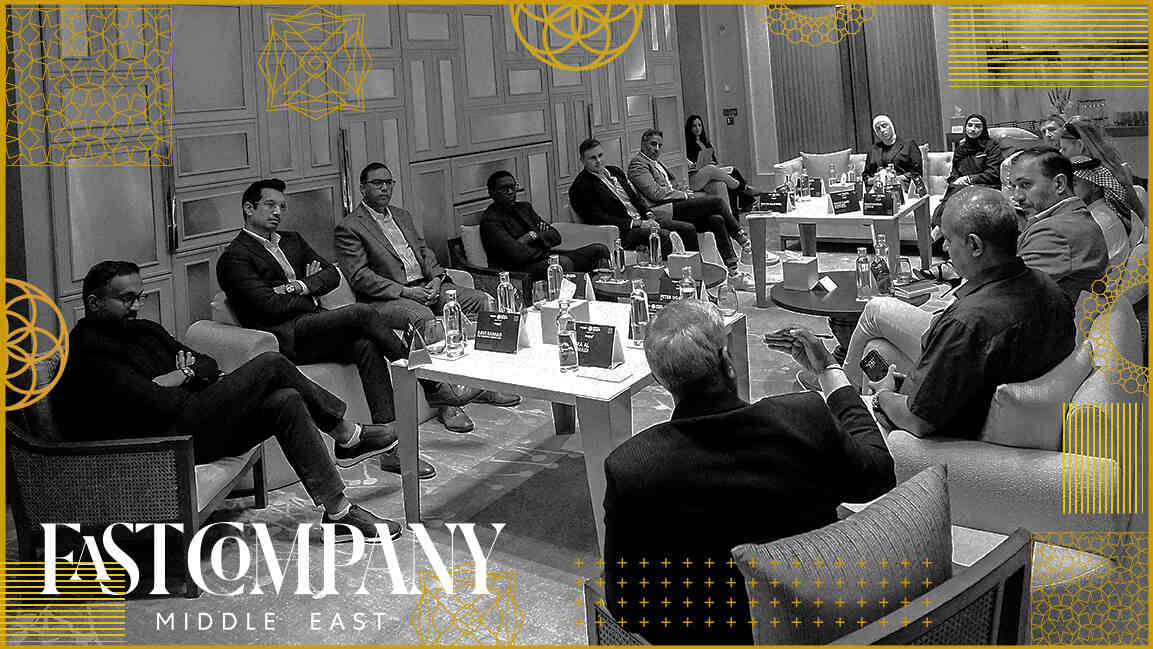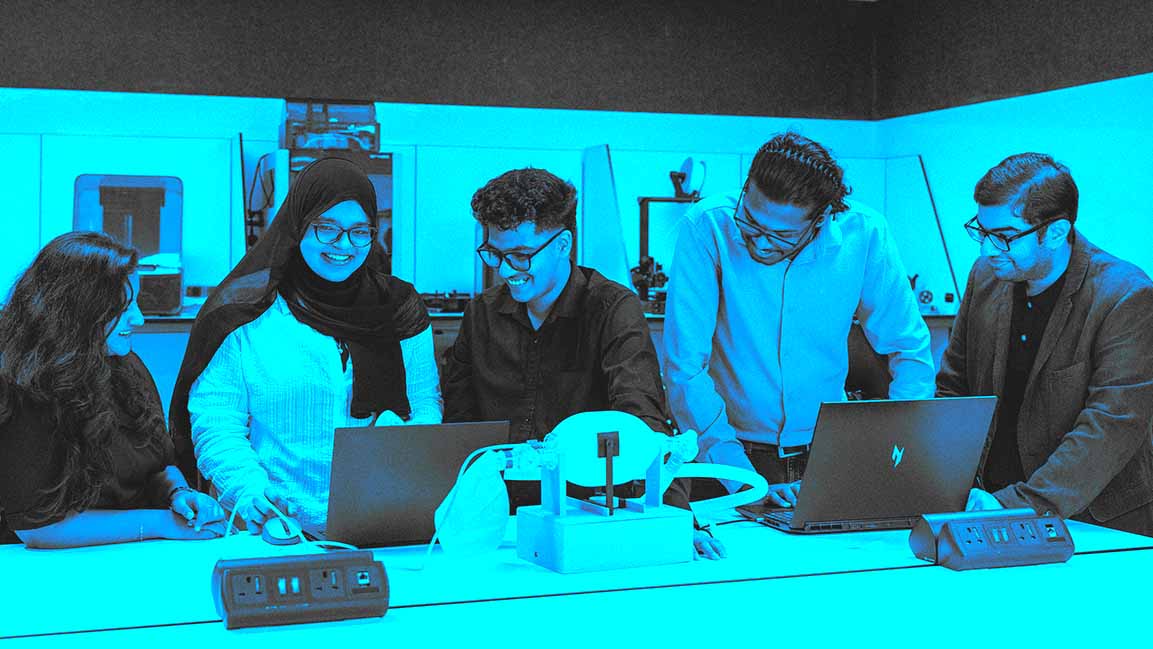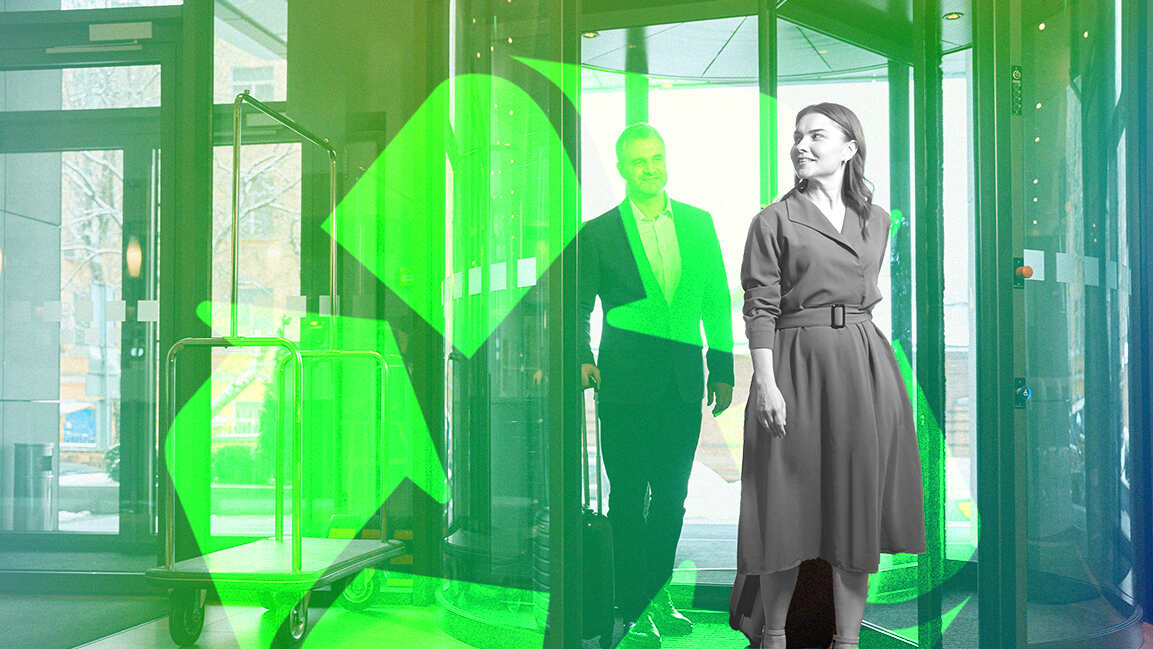- | 9:00 am
The Middle East is getting a makeover with giga projects
Experts at the World Changing Ideas Summit say developing a "value proposition” is critical to ensure demand.

The fruits of urban planning ideas keep on emerging. Go to any GCC country, and they are crowned with cranes and mammoth developments emerging, and through the desert haze, you can almost see they are meant to remake urban life.
Some of the biggest developers in the region are envisioning their projects as a way for economic revitalization to change the mindset and supercharge their ascent to global status.
The world’s population is expected to reach nine billion by the middle of the century, from seven and a half billion today, according to the UN, and a staggering number of those people are likely to be living in big cities.
A pressing question for developers and urban planners is how to accommodate the growing urban masses. But one point is clear: Some of these most ambitious developments, the giga projects, in the Middle East economy will play a central role.
To get a sense of the pace of change, you have to look at massive projects in Saudi Arabia, such as NEOM — The Line, based on layering city functions vertically, and Oxagon, which will become the largest floating industrial complex in the world.
On the Red Sea coast in the far west of Saudi Arabia, the Red Sea Project aims to be a world leader in regenerative tourism. The Red Sea International Airport is nearing completion and is set to open soon, while 50 resorts and more than 1,000 residential properties are due for completion by 2030.
Also, Diriyah, a UNESCO World Heritage site, is undergoing a $50-billion revamp to build more than 3,000 residential units in the traditional Najdi design and another 300-plus luxury branded residences.
In the UAE, Expo City Dubai is now transforming into District 2020 – the country’s first 15-minute city, a cycle-friendly, traffic-free suburb of the growing metropolis. It will include a route for self-driving vehicles, a 10-kilometer cycling track, interconnected pedestrian pathways, and a 5-kilometer jogging track.
The Dubai Islands will comprise five islands with a total square area of 17 square kilometers and have beaches, parks, open spaces, and premium golf courses overlooking the Arabian Gulf. A $4 billion mega mixed-use project is planned on Saadiyat Island, which will include about 2,700 residential units.
More giga-projects are expected. Many developments are still nascent, with the pace expected to accelerate in the coming years
At the recently concluded World Changing Ideas Summit, experts deliberated on whether these projects will create economic curiosity or serve as test beds of future technologies. And as billions are poured into these projects, what are the real challenges the developers face.
CREATING AN IMPACT
Giga project, a terminology frequently used, has many asset classes — shopping centers, residential, offices, entertainment, and cultural space.
“When you put them together, it creates an impact. They elevate the quality of life,” said Talal Kensara, Chief Strategy Management Officer of Diriyah Company. He spoke at the World Changing Ideas Summit, discussing how these developments will empower the region as it diversifies away from its oil-dependent economy.
While the countries are creating a more compelling kind of project, the question is, why would people want to live here? Even though it’s hard to believe they will come if you build it, it would help if you made something great, something unique.
DRIVING TOURISM AND BUSINESS ENVIRONMENT
The region is now one of the most prolific business epicenters in the world. A few could potentially become a global gateway for international trade. On top of enticing the hardcore business environment, the region has grand plans for tourism and entertainment, art, and culture.
Here, the giga projects will impact the region and transform many lives and, in turn, the economy.
Dr. Hafiz Ali Abdulla, ICOM Board Member, Director of Marketing and Communication at Msheireb Properties, who also participated in the panel discussion, said, “GCC countries are always looking for landmark projects that will drive tourism and contribute to society and have some sort of unique aspect to it.”
Msheireb Properties has been at the forefront of sustainable developments in Qatar. The company’s flagship project, Msheireb Downtown Doha, is an example of urban regeneration and sustainable urban development.
Regarding the project, Abdulla said, “We had to demolish and rebuild the whole city from scratch, so it was difficult for us to acquire the land and the houses, maintain the history, to build a smart city and the sustainable infrastructure.”
These projects, some of which involve artificial intelligence, will be central to how people live in a carbon-neutral bubble that will boast near-total sustainability and often serve as a focal point for larger-scale master plans.
“We try to push the boundaries with all the projects,” Abdulla said.
However, considering the time and cost, observers say these huge projects are risky. Overcomplexity, poor execution, and weakness in organizational design and capabilities can be reasons for failure.
ENSURING A DEMAND
With vast funds, advanced technologies, and sheer vision, creating a place where people want to live is essential. Or, to put it more simply, if you build it, will they come?
Kensara said that even though billions of dollars are poured into giga projects, the real challenge is developing a value proposition.
“If you don’t have a well-curated value proposition for the people, there will be a problem,” added Kensara.
For example, Kensara said Diriyah Gate urban development, a 14 million square meter area, revives the historic city and offers hospitality and retail experiences rooted in traditional Arab history. The district will introduce over 30 new cultural attractions, including museums, galleries, and recreational spaces that explore and narrate the rich narrative of Saudi Arabia.
“It’s the biggest mud project in the world currently,” he said. “We want to offer people an authentic experience and make it attractive for people to live and visit.”
“Technology should not overwhelm; we use it only to increase efficiency, sustainability, and parking management. It’s a city to remind people it’s a great way of living,” he added.
Located within the Riyadh province, the development has already begun transforming the historic town into a landmark with cultural facilities, hotels, and residences.
CHANGING THE FUTURE OF LIVING
These projects are about changing the future of living. Despite their enormity, they must feel like a city pulsing with life.
“It’s more than just connectivity, where people can visit for entertainment, shopping, work…These aspects will be there in all the giga projects. But aspects like underground parking will make the city seamless. It’s a different environment,” said Abdulla, alluding to Msheireb Downtown Doha.
These projects are testbeds for innovation and new technologies, whether regeneration, sustainability, smart vehicles, or AI, which will likely trickle down to other projects. And create a social impact.
“We are doing projects from scratch, so there’s an opportunity to do it on a massive scale, allow new technologies to be deployed, apply new ideas, and receive new ideas,” Kensara added.
“For example, how would I engage with the new generation if I want to tell a story of a culture and history? Passing the lessons from the past to the future using gamification in museums could be one way,” he added.
CHALLENGES IN BUILDING MASSIVE PROJECTS
Ideas that can be explored on those projects are limitless, but developers struggle with old techniques.
“We’re still struggling with traffic and crowd management, and we continue to search for new ways and technologies to overcome those problems in the future,” said Kensara.
“To build sustainable cities, we resolve issues as we go. Acquiring land was a challenge, especially if you’re building a mega project in a populated downtown area,” added Abdulla.
“Also, maintaining the standards of the projects you build on and the quality of the services comes with a cost. It is also important to educate people because you’re changing their lifestyle for a better future,” he added.
The region has sustained property market growth, with trillions slated for real estate and infrastructure projects.
But while financial challenges will always exist, profit and sustainability can coexist, said Kensara. “If you put financial sustainability at the core of your equation from the beginning, it will pay back.”
“There will always be challenges. The challenges we’re concerned with today might disappear, and we’ll face other new challenges, but we need to move and never stop,” he added.
While it’s hard to build these cities of the future, Abdulla said it’s equally crucial to pay attention to the past, and added, “If you have a vision, capital investment can make it happen.”
And talent, of course. “That bold vision is attracting great minds to work with us – advisors and consultants from around the world,” added Kensara. “We want to contribute to solving some of the global urban challenges.”








































